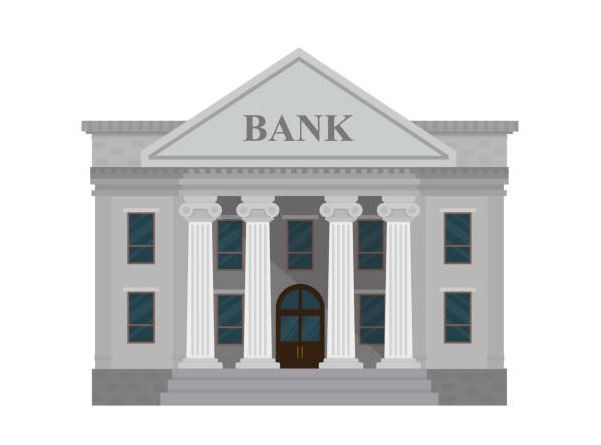Deposit collection rate of BFIs drops

By A Staff Reporter
Kathmandu, Mar. 13: Growth rate of deposit mobilisation of the banks and financial institutions has decreased during the first seven months of the current fiscal year.
The deposits collection of BFIs has increased by 3.6 per cent in the review period compared to an increase of 9.8 per cent in the corresponding period of the previous year.
On y-o-y basis, deposits at BFIs expanded by 14.6 per cent in mid-February 2022.
The share of demand, saving, and fixed deposits in total deposits stands at 8.3 per cent, 30.1 per cent and 54.6 per cent respectively in mid-February 2022, according to a macroeconomic and financial report of Nepal Rastra Bank (NRB).
Such share was 8.2 per cent, 33.9 per cent and 48.9 per cent respectively a year ago.
The share of institutional deposits in total deposit of BFIs stands at 38.8 per cent in mid-February 2022. Such a share was 42.0 per cent in mid-February 2021.
Private sector credit from BFIs increased by 12.3 per cent in the review period compared to an increase of 14.1 per cent in the corresponding period of previous year.
On y-o-y basis, credit to the private sector from BFIs increased by 25.3 per cent in mid-February 2022.
In the review period, private sector credit from commercial banks, development banks and finance companies increased by 12.1 per cent, 12.8 per cent and 22.7 per cent respectively.
Out of the total outstanding credit of the BFIs, 66.8 per cent is against the collateral of land and building and 12.7 per cent against the collateral of current assets (such as agricultural and non-agricultural products) during the first seven months of the current fiscal year.
Such ratios were 66.4 per cent and 12.3 per cent respectively a year ago.
Outstanding loan of BFIs to the agriculture sector increased by 13.6 per cent, industrial production sector by 11.8 per cent, transportation, communication and public sector by 9.3 per cent, wholesale and retail sector by 13.8 per cent and service industry sector by 5.6 per cent in the review period.
In the review period, term loan extended by BFIs increased by 11.3 per cent, overdraft by 21.3 per cent, demand and other working capital loan by 12.7 per cent, real estate loan (including residential personal home loan) by 13.5 per cent and hire purchase loan by 5.5 per cent while that of trust receipt (import) loan decreased by 25.5 per cent and margin nature loan by 7.2 per cent.
Rs. 4,086 billion injected to address liquidity crunch
During the review period, in the first month, NRB mopped up Rs. 60 billion liquidity of which Rs. 28.35 billion was through reverse repo auction and Rs. 31.65 billion through deposit collection.
The NRB injected Rs. 4,086.04 billion liquidity of which Rs. 342.93 billion was through repo, Rs. 27.22 billion through outright purchase and Rs. 3715.90 billion through standing liquidity facility (SLF) during the first seven months of the current fiscal year.
In the review period, NRB injected liquidity of Rs. 108.32 billion through the net sale of USD 902.2 million from foreign exchange market.
The NRB purchased Indian currency (INR) equivalent to Rs. 315.09 billion through the sale of USD 2.64 billion in the review period, the report said.
Indian currency equivalent to Rs. 283.40 billion was purchased through the sale of USD 2.40 billion in the corresponding period of the previous year.
Recent News

Do not make expressions casting dout on election: EC
14 Apr, 2022
CM Bhatta says may New Year 2079 BS inspire positive thinking
14 Apr, 2022
Three new cases, 44 recoveries in 24 hours
14 Apr, 2022
689 climbers of 84 teams so far acquire permits for climbing various peaks this spring season
14 Apr, 2022
How the rising cost of living crisis is impacting Nepal
14 Apr, 2022
US military confirms an interstellar meteor collided with Earth
14 Apr, 2022
Valneva Covid vaccine approved for use in UK
14 Apr, 2022
Chair Prachanda highlights need of unity among Maoist, Communist forces
14 Apr, 2022
Ranbir Kapoor and Alia Bhatt: Bollywood toasts star couple on wedding
14 Apr, 2022
President Bhandari confers decorations (Photo Feature)
14 Apr, 2022











